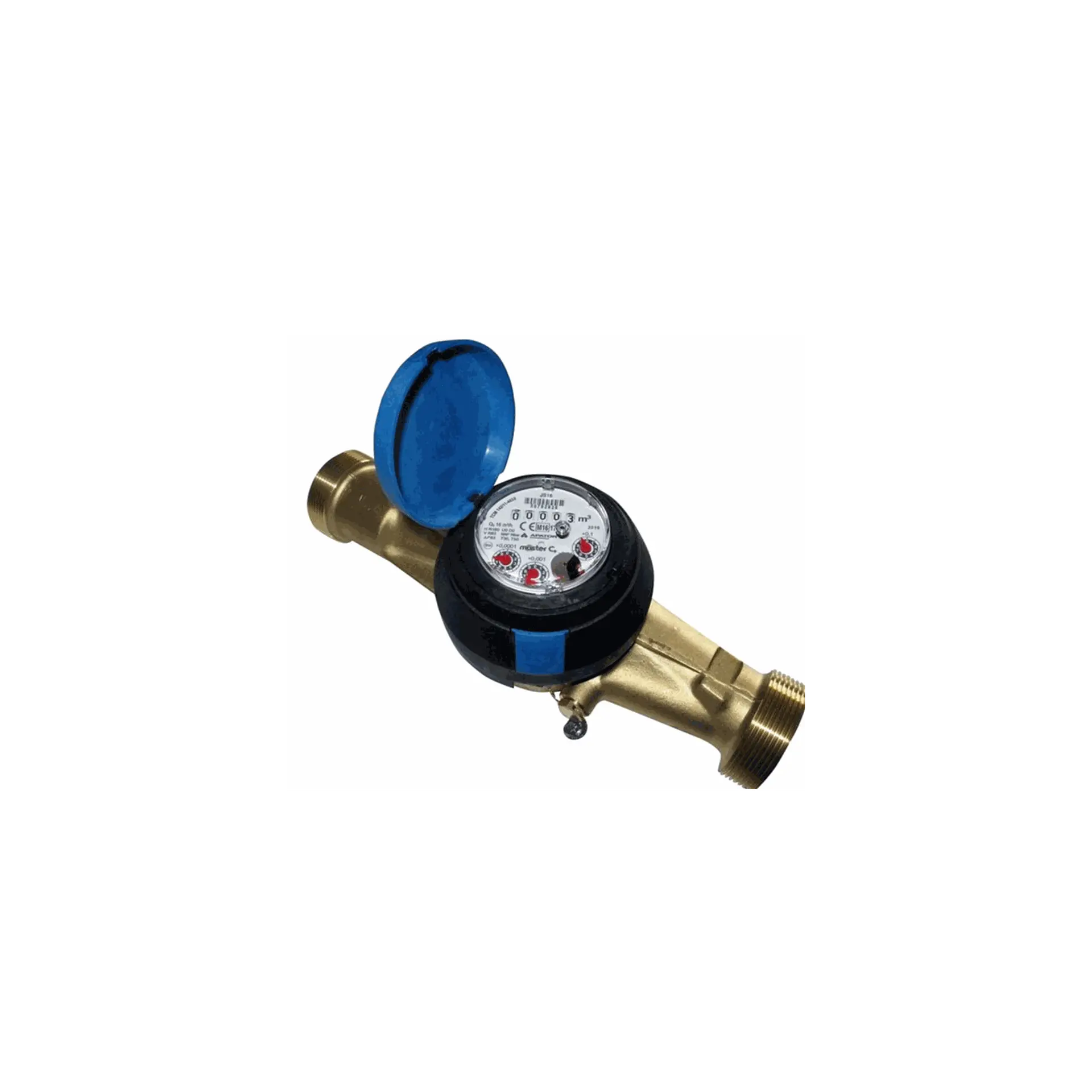Sustainable Green Buildings
Smart Building Solutions for BREEAM Credits & Sustainable Buildings
Our Approach
At S&S Middle East, we offer innovative solutions that help projects meet BREEAM certification requirements, focusing on sustainability, energy efficiency, and occupant well-being. Our solutions contribute to the following BREEAM credits:
- WAT03: Water leak detection and prevention (2 credits)
- WAT02: Water flow control for WC facilities (1 credit)
- POL01: Refrigerant gas leak detection (1 credit)
These systems assist architects, consultants, and contractors in achieving BREEAM certification while improving sustainability, reducing operating costs, and enhancing building performance. We also offer additional products such as indoor air quality monitoring and demand-based commercial kitchen energy-saving systems.

BREEAM Credit Requirements

Here are the main requirements to achieve BREEAM credits with the S&S Middle East products. See below for further information on the products and how we can help you achieve BREEAM credits and green sustainable buildings.
The aim of BREEAM WAT02 is to ensure water consumption can be monitored and managed and therefore encourage reductions in water consumption.
To demonstrate compliance with BREEAM WAT 02 requirements:
A water meter is to be supplied to the mains water supply to each building. The water meter should have a pulsed output so the information can be monitored through a BMS (Building Management System.)
For one credit –
- Sub meters are to be fitted to allow the metering of individual water consuming plant or building areas, where demand in such areas will be equal to or greater than 10% of the total water demand of the building.
- Each sub meter has a pulsed output to enable connection to a BMS for the monitoring of water consumption.
BREEAM WAT03 offers two credits in total both based around major water leak detection & water leak prevention.
A leak detection system which is capable of detecting a major water leak on the mains water supply within the building and between the building and the utilities water meter.
The leak detection system must have the following features:
- Audible when activated.
- Activated when the flow of water passing through the water meter/data logger is at a flow rate above a pre-set maximum for a pre-set period of time.
- Able to identify different flow and therefore leakage rates, e.g. continuous, high and/or low level, over set time periods.
- Programmable to suit the owner/occupiers’ water consumption criteria
- Where applicable, designed to avoid false alarms caused by normal operation of large water consuming plant such as chillers.
Please note – Where it can be demonstrated that it is not physically possible for a meter to be installed on the pipework, the requirement for leak detection between the building and the utilities meter can be considered not applicable, and the credit awarded based on the leak detection within the building.
So long as the compliant system alerts the appropriate person to the leak so they are able to respond immediately, the assessor can judge if the aim of the issue is being met by a reliable, robust and fail-safe means of notification.
For the second credit –
One of the following types of flow control device is fitted to each WC area/facility to ensure water is supplied only when needed
- A time controller i.e. an automatic time switch device to switch off the water supply after a predetermined interval
- A volume controller i.e. an automatic control device to turn off the water supply once the maximum pre-set volume is reached.
- A presence detector and controller i.e. an automatic device detecting occupancy or movement in an area to switch water on and turn it off when the presence is removed.
- A central control unit i.e. a dedicated computer- based control unit for an overall managed water control system, utilising some or all of the types of control elements listed above.
Please note – The criteria are applicable to the cold water supply only and include cold taps, WCs and urinals. Any solution implemented to achieve compliance with this Issue should effectively mitigate the risk of hot-water scalding in showers, in the event that the cold water supply is shut off.
A shut-off on the cold water supply to the whole WC facility provides a simple and effective way of reducing potential water loss. Taps which contain built in shut-off valves will not prevent any water leaks from the supply to the tap and so do not fulfill this intent.
BREEAM POL01 Refrigerant Gas Leak Detection offer one credit focused on reducing the environmental impact of refrigerants used in building cooling systems by preventing and minimizing leaks.
To achieve compliance, the refrigerant gas leak detection system must meet the following requirements:
Leak Detection System Features:
- Capability to Detect Leaks:
- The system must detect refrigerant gas leaks in chiller rooms, HVAC systems, and VRF installations with a detection limit suitable for the refrigerants used (including HFCs and newer A2L refrigerants).
- Detection thresholds should align with industry standards, typically around 10 ppm.
- Automatic Alerts:
- The system must provide audible and visual alarms to ensure immediate awareness when a leak is detected.
- Alerts should be sent to the building management system (BMS) or directly notify facility managers to enable swift action.
- Continuous Monitoring:
- Must include 24/7 real-time monitoring to detect leaks at any time, ensuring early identification and response.
- Response Mechanisms:
- Integrate with automatic ventilation or extraction systems to reduce refrigerant concentration levels in the event of a leak.
- Optionally include automatic shutdown of the refrigerant supply to minimize further leakage.
System Design Requirements:
- Programmable Settings:
The system should allow customization to suit the type of refrigerants in use and the specific operating conditions of the facility. - False Alarm Prevention:
Designed to avoid false alarms caused by normal operations, such as refrigerant recovery or maintenance procedures.
Additional Considerations:
- Compliance with Refrigerant Types:
- The system must be compatible with various refrigerants, including HFCs, HCFCs, and A2L gases, ensuring coverage for a wide range of applications.
- Environmental Impact:
- The system must minimize the environmental risks associated with refrigerant leaks, which contribute to global warming and ozone depletion, thereby supporting the intent of BREEAM POL01.
Meeting the Aim of POL01:
A compliant refrigerant gas leak detection system helps:
- Reduce refrigerant emissions by ensuring immediate detection and response.
- Improve environmental performance by limiting the greenhouse gas potential of leaks.
- Demonstrate a robust, fail-safe notification mechanism to alert the appropriate personnel.
These features ensure compliance with BREEAM POL01 while contributing to the project's overall sustainability and certification goals.
Our Solutions Achieve BREEAM Credits
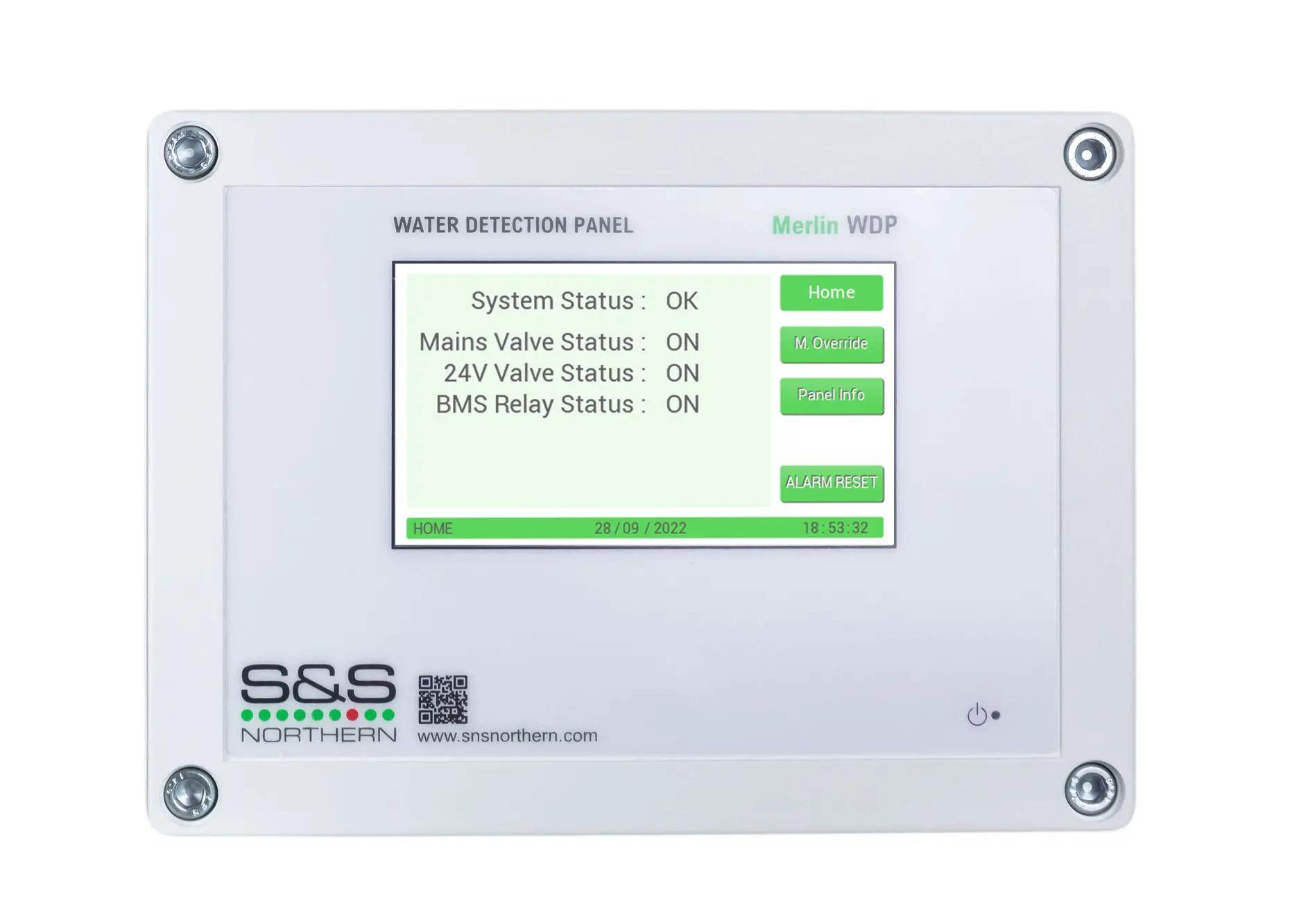
BREEAM WAT03
The aim of BREEAM WAT03 is to provide a leak detection system which is capable of detecting a major water leak on the mains water supply within the building and between the building and the utilities water meter.
By implementing the Merlin WDP major water leak detection system and pulsed water meters in your building, you can achieve 2 BREEAM credits.
View BREEAM WAT03 Solution
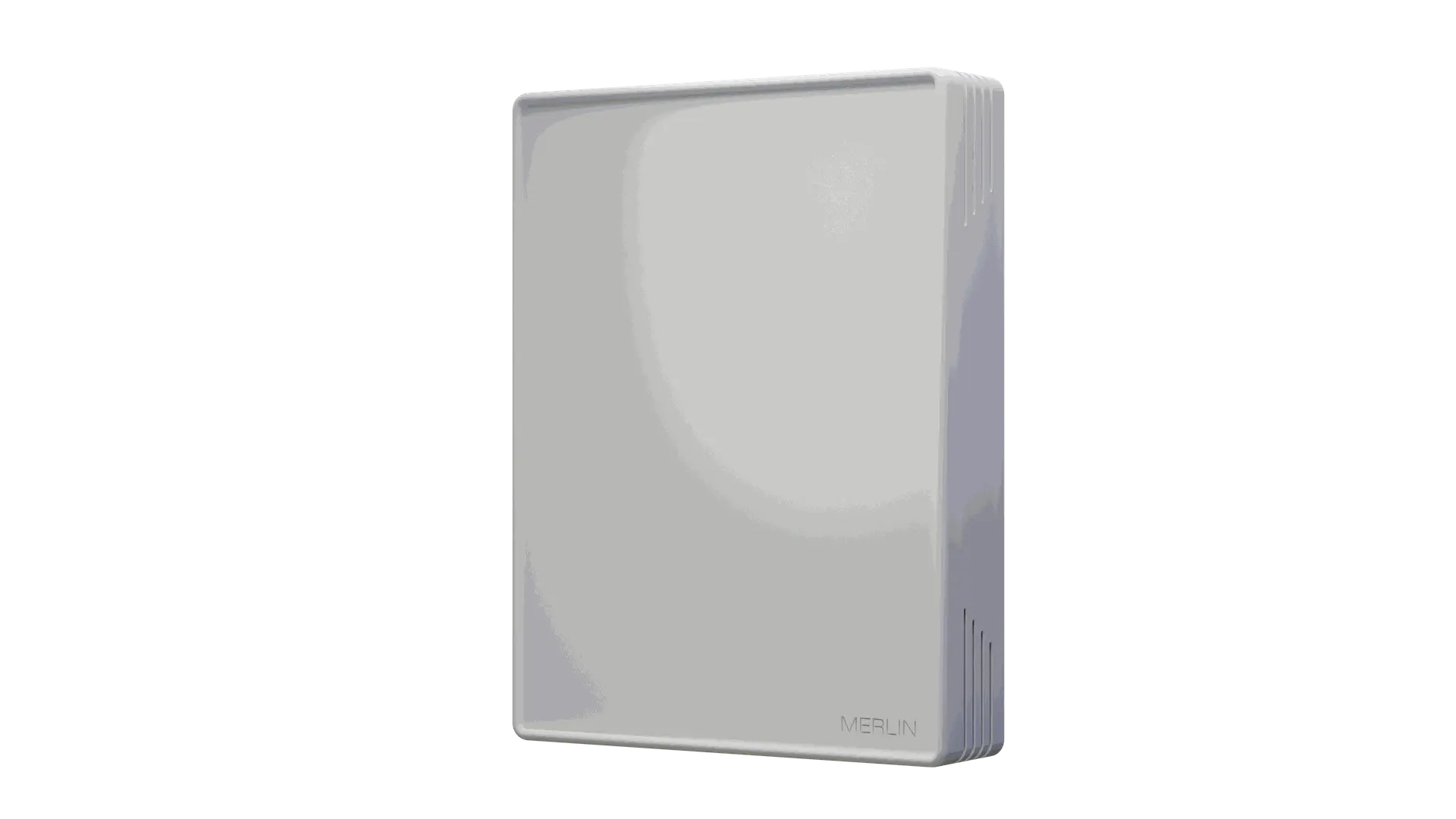
BREEAM POL01
The aim of BREEAM POL01 Refrigerant Gas Leak Detection is to reduce the environmental impact of refrigerants used in building cooling systems by preventing and minimizing leaks.
By including a refrigerant gas detection that meets all of the above requirements, you can achieve 1 BREEAM credit.
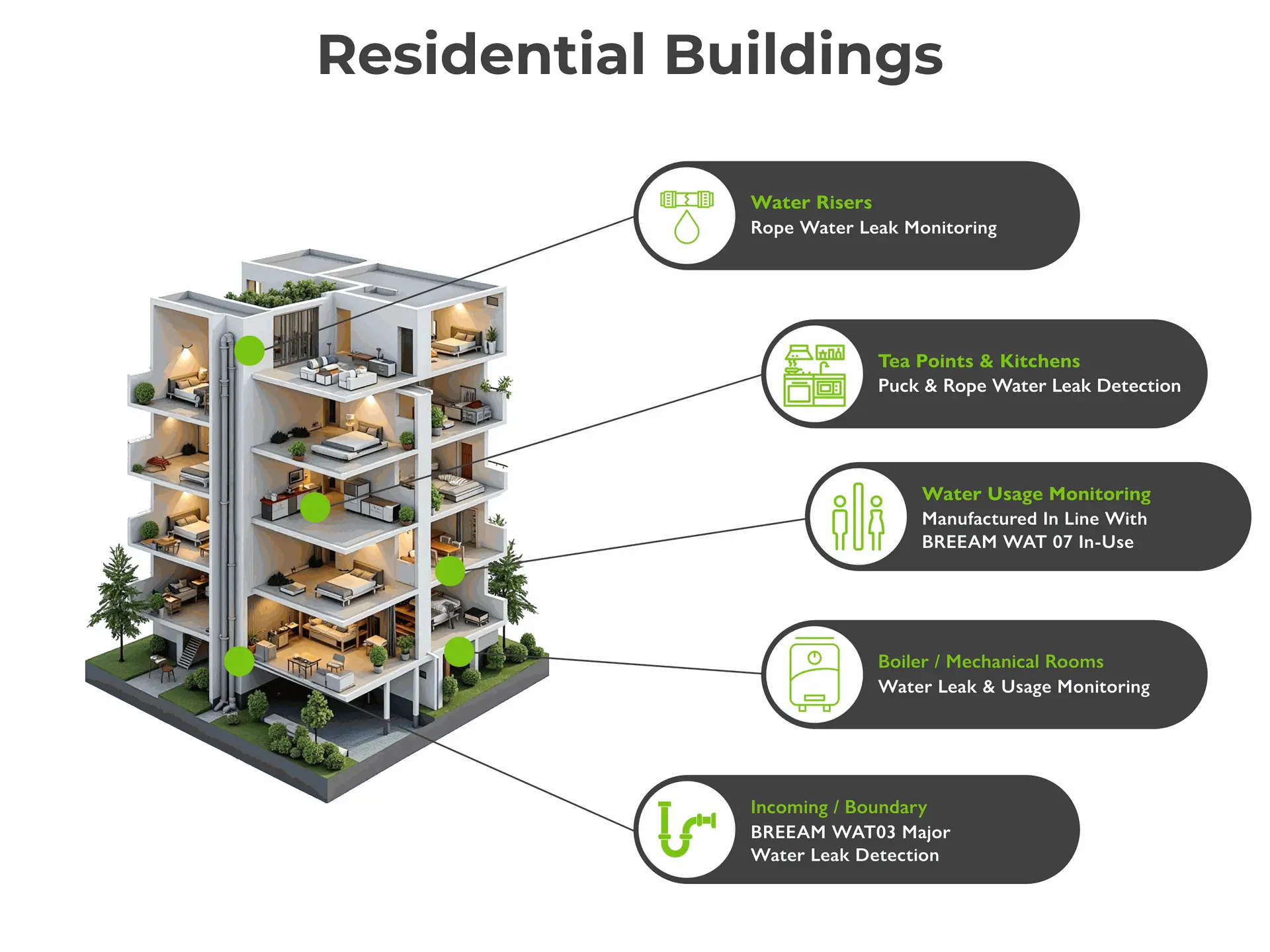
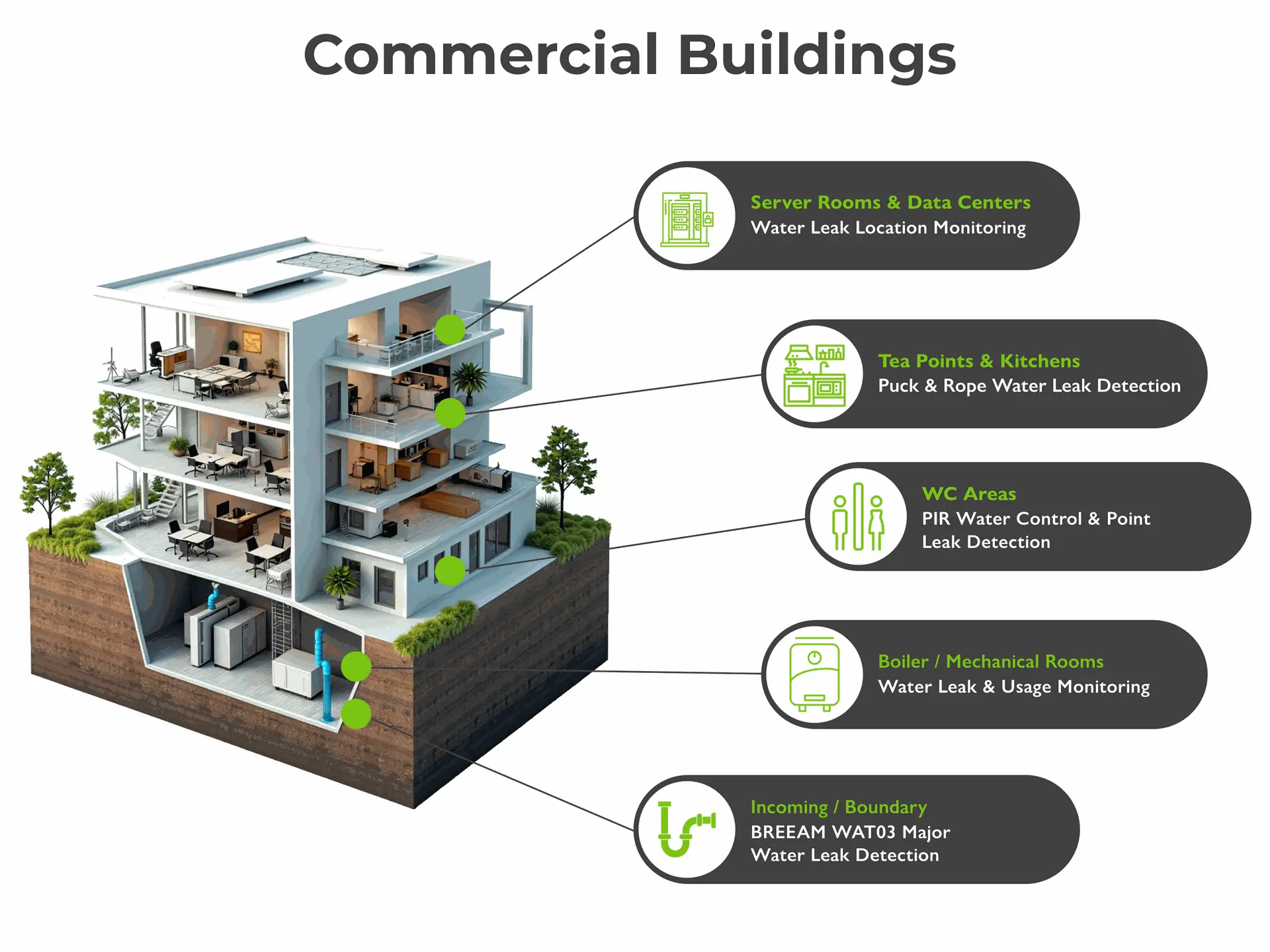
Other Energy Saving Systems & Sustainable Buildings
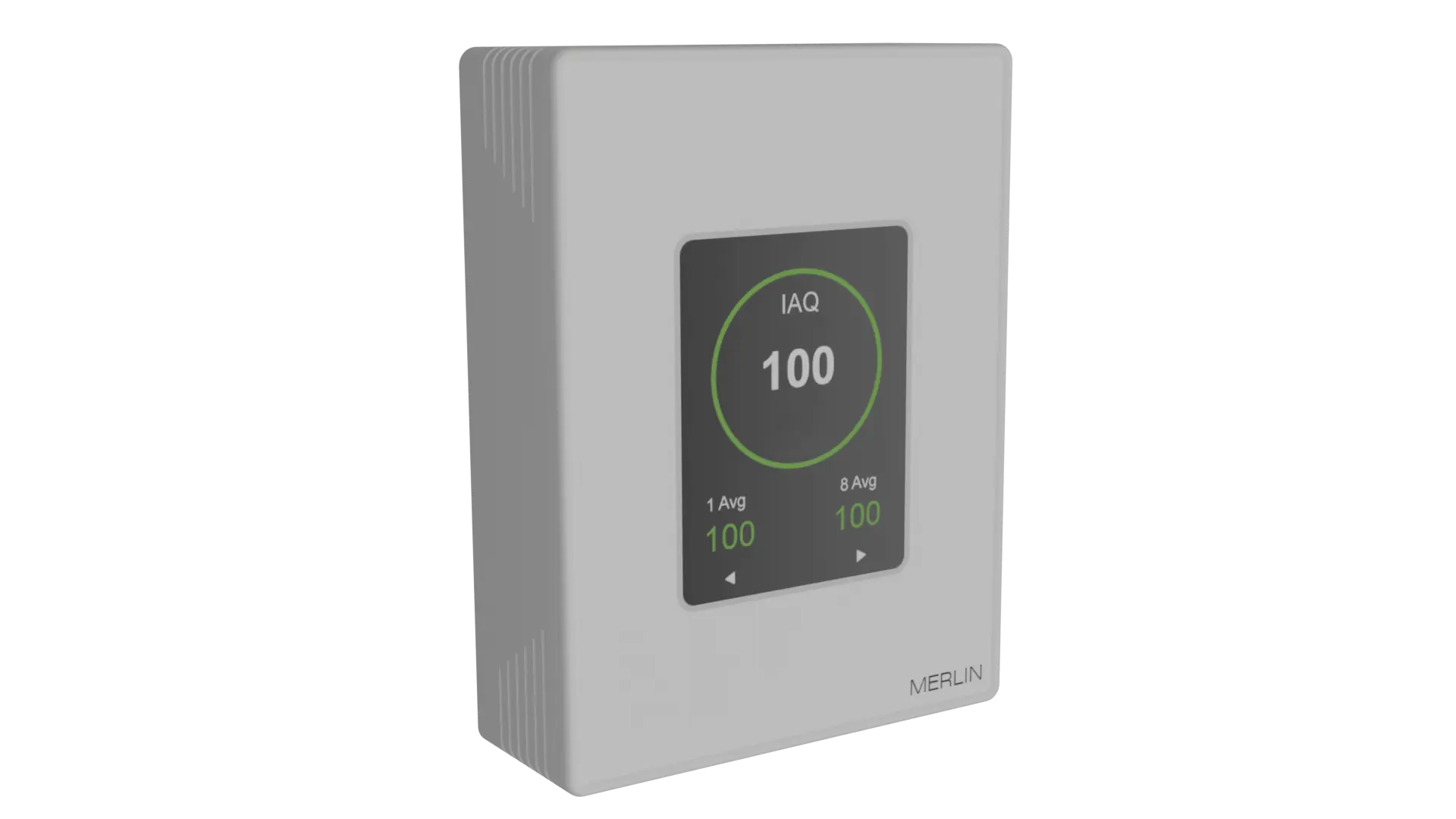
Indoor Air Quality Monitors
Our state-of-the-art indoor air quality monitors play a vital role in creating green, sustainable, and healthy buildings by providing detailed monitoring of critical environmental parameters, including CO2 levels, temperature, humidity, volatile organic compounds (VOCs), and particulate matter (PM1, PM2.5, PM10).
By ensuring optimal indoor air quality, these monitors contribute to energy-efficient building operations and support occupant health and well-being, aligning with the principles of sustainable building design. With smart BACnet or Modbus connectivity, the sensors integrate seamlessly into existing building management systems, enabling real-time data tracking and automated adjustments to maintain ideal indoor conditions while minimizing energy waste.

Commercial Kitchen Energy Saving Systems
Our Merlin 3000S demand-based energy-saving system is a game-changer for commercial kitchens, delivering enhanced safety, optimized performance, and measurable sustainability benefits. By monitoring gas usage, smoke detection, steam detection, ventilation demand, and CO2 levels, the system ensures safe operations while drastically reducing energy consumption.
The Merlin 3000S automatically adjusts ventilation rates and shuts off gas supply when appliances are not in use, significantly cutting energy waste. These efficiencies translate directly into cost savings, delivering a return on investment (ROI) within just one year through reduced utility bills and lower operational expenses.
Designed for seamless integration with existing systems and featuring intuitive controls, the Merlin 3000S is the smart choice for commercial kitchens looking to enhance safety, lower energy costs, and achieve sustainability goals.
View Merlin 3000S System
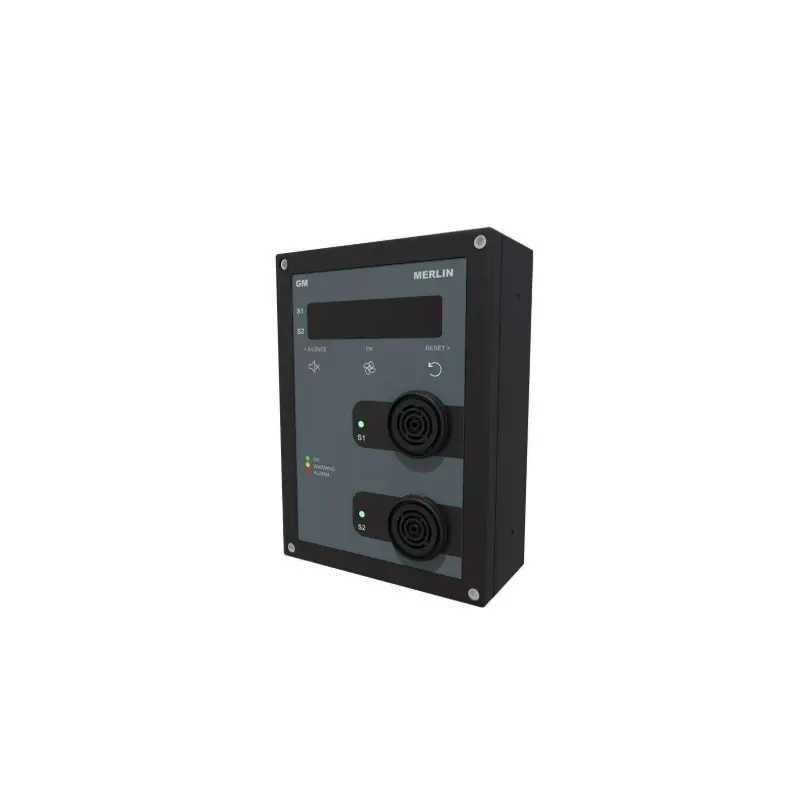
Car Park CO Detectors
Our advanced single carbon monoxide (CO) detectors or dual carbon monoxide (CO & nitrogen dioxide (NO2) detectors are essential for enhancing safety and sustainability in car parks, monitoring CO levels to ensure a healthier environment while optimizing energy usage. Designed specifically for car parks, these detectors provide continuous, real-time monitoring of CO concentrations, ensuring compliance with safety standards and protecting both occupants and the environment.
With seamless integration into building management systems via BACnet or Modbus connectivity, these sensors enable automated ventilation control, activating fans only when necessary to maintain safe air quality levels. This intelligent functionality not only enhances safety but also reduces energy consumption, supporting sustainable building operations and contributing to a greener future.
Get in touch
Have a question? Our team can help.
